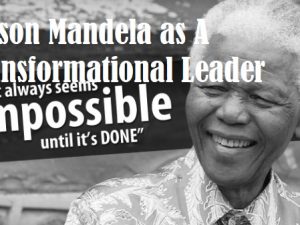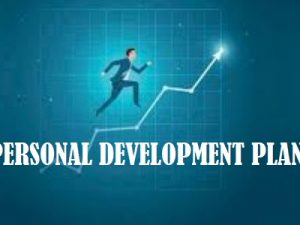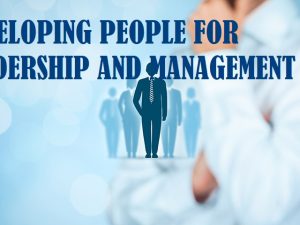| Table of Contents |
1.0 Introduction
2.0 Reflective approach
2.1 Communication skills
2.2 Decision making and problem solving skills
2.3 Performance management
3.0 Learning style analysis
4.0 Skill audit
4.1 Personal SWOT analysis
4.2 Future me test
4.3 MBTI (Myers Briggs Type Indicator)
5.0 Values
6.0 Goal settings
7.0 Conclusion
References
Annexures
Annexure 01 – Relevance of CPD
Annexure 02 – Gibbs’ reflective model
Annexure 03 – Honey and Mumford learning style
Annexure 04 – Future me test and results
Annexure 05 – Questionnaire for assess self-resilience
Annexure 06 – Test results for motivational skills test
Annexure 07 – Results of stress management skills test
Annexure 08 – Questionnaire for testing leadership skills
Annexure 09 – Questionnaire of skill audit
Annexure 11 – Values assessment rating form
|
| Preview |
1.0 Introduction
Personal development plan (PDP) and continued professional development (CPD) are very useful exercises for corporate individuals and entrepreneurs to improve their skills up to date. At Present, business environment is changing rapidly and people need to maintain high standard to survive in competitive business environment. PDP and CPD lead individuals to identify skill gaps and gain those skills through preplanned process. PDP refers that written exercise of self-reflection and improvement which includes action plan used to achieve personal, professional and academic goals (Beausaert, Segers & Gijselaers, 2011). CPD refers that ongoing process tacking and documenting skills, knowledge and experience individuals gain from both formal and informal ways (Beausaert et al. 2001).
I have worked 10 years in IT sector in different positions such as IT engineer and technical manager. Then, in 2012, I started my own business called A-Network which provide network security systems. Currently, I lead a team of young committed individuals and try to achieve business goals in dynamic business environment. As an entrepreneur, I need to develop soft skills such as leadership skills, communication skills, emotional skills, problem solving skills etc. This PDP and CPD would help me to develop these skills and achieve my short term and long term goals. Further, this will help me to balance my professional and personal life. Relevance for CPD is filled and attached in annexure 01.
2.0 Reflective approach
Reflection is a main part of the PDP includes self-observation of past experience and apply those learning for future development (Gibbs, 1988). There are different models to conduct reflective model. Gibbs’ reflective cycle is selected to conduct reflection. Gibbs’ reflective cycle has six steps; description, feeling, evaluation, analysis, conclusion and action plan (Gibbs, 1988). According to Gibbs (1988), this method provide a systematic approach to work through experiences to understand the best practices and apply them to future development. The questions I need to answer in different stages of the reflective cycle has mentioned in annexure 2.
2.1 Communication skills
Description
As an entrepreneur, I am not only working with employees, I need to work with clients, suppliers and different stakeholders regularly. Thus, communication skills are highly important set of skills for me. As a leader of B2B business, I need to discuss with corporate clients regularly and communicate with suppliers to conduct operation process smoothly. However, I feels uncomfortable and less confident when communicating with a new contact. Further, I am struggling many times when I need speak publicly. Sometimes, I was received feedback that my communication skills are not good.
Feelings
I am really happy since I can speak Sinhala, English and Tamil which are three language used in Sri Lanka. However, I always believe that there is huge room to improve in my communication skills. I feel insecurity when I need to speak publicly and when I need to build up dialogue with unfamiliar parties.
Evaluation
Having trilingual language skills helps me to develop more business relationship. Tamil is the most familiar language for me which I am fluent in both written and verbal communication skills. I have very good spoken skill in Sinhala and written ability need to be further improved. When it comes to English, I need to improve both oral and written communication skills. I struggle more at early stage of relationship, However, I feel comfortable once relationship is developed certain level.
Analysis
I focused on academic literature regarding this situation. According to Abraham (2012), there are seven characteristics of in effective communication; clear, concise, concrete, correct, coherent, complete and courteous. There are five types of communication skills such as verbal communication, non-verbal communication, listening, written communication and visual communication. I need to mainly focus on verbal communication, written communication and visual communication (Abraham, 2012).
Conclusion
I mainly learn that communication skills go beyond the language skills. There are many other factors such as emotional intelligence, cleanliness, responsiveness, confidence etc. Especially, importance of non-verbal communication skills and listening skills could be understood through the analysis. Further, many errors in communication can be eliminated through proper preparation.
Action plan
This MBA program is a great opportunity for me to improve my communication skills. It is an opportunity for me to apply my skills practically and improve it. Further, reading books is good practice to improve the communication skills. Thus, I plan to read a book per month. There are many online courses and You Tube videos that I can watch to improve my communication skills. I can minimize many errors by using simple and short sentences. Further, I am going to join with toastmaster club to improve my public speaking skills.
|





